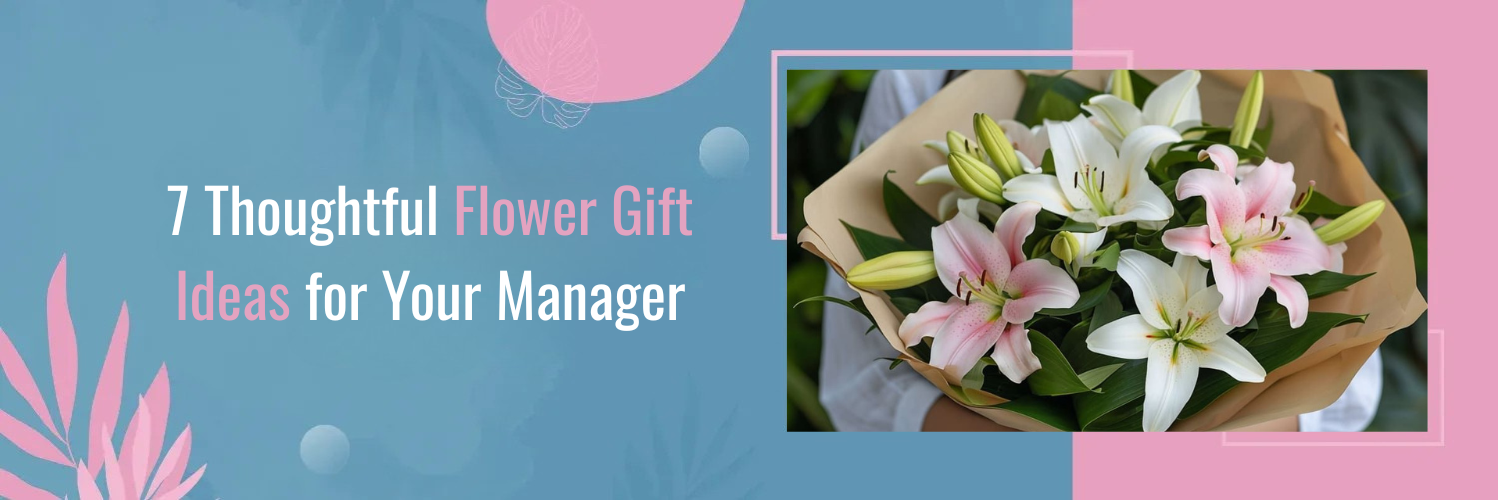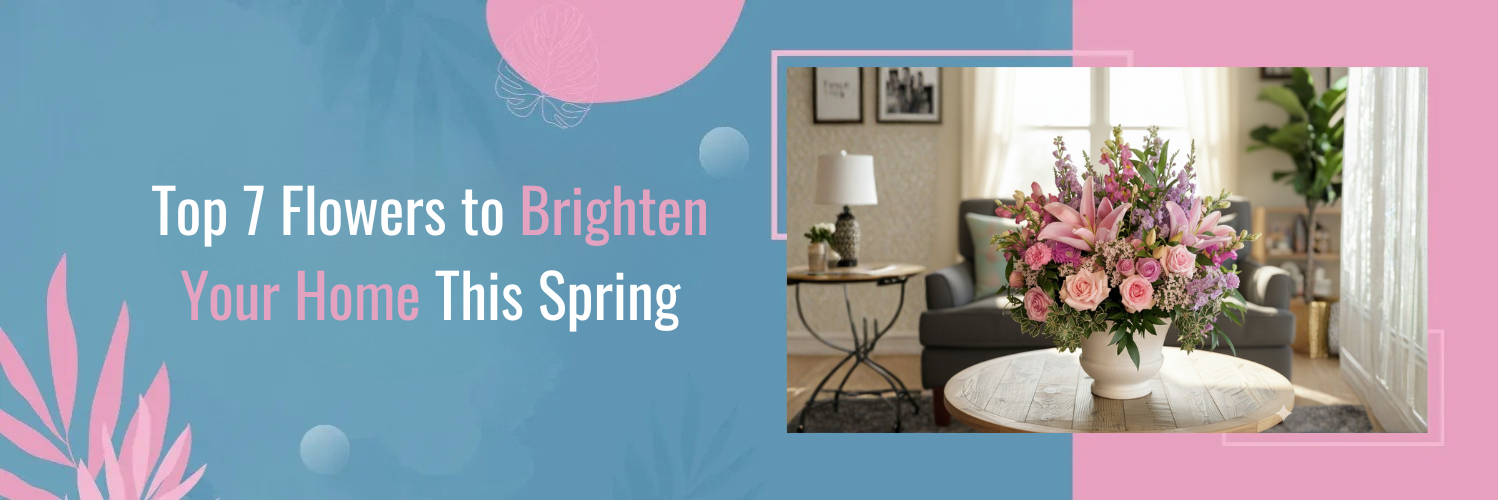Dahlias are categorized into several types, each boasting its distinct appearance:
- Pompon and Ball Dahlias:
Characterised by their spherical flowers, these dahlias are tightly packed with petals, creating perfectly rounded forms.
- Decorative Dahlias:
These are perhaps the most recognized type, presenting broad, flat petals that often overlap. They come in various sizes and are known for their classic Dahlia look.
- Cactus and Semi-Cactus Dahlias:
Recognised for their spiky appearance, these dahlias have long, narrow petals that curve backward, giving a somewhat ‘wild’ appearance.
- Others:
There are various other types such as the Single-flowering (with a simple ring of petals around a central disc), Collarette (featuring a central ring of smaller petals), and Waterlily (with a flattened, layered look reminiscent of waterlily blooms).
Growing Dahlias in Australia
Growing dahlias the right way in Australia is of utmost importance for a variety of reasons. These vibrant and diverse flowers
have long been cherished by gardeners for their dazzling colors and intricate forms. When nurtured properly in Australia, dahlias can truly thrive, but due to the country’s unique climate conditions and potential challenges, understanding and implementing the right techniques becomes crucial. Here’s why growing dahlias the right way in Australia matters:
Climate Considerations
Australia’s climate can vary drastically, from tropical regions in the north to temperate zones in the south, and arid conditions in the interior. Dahlias require specific care depending on the climate. In warmer areas, for instance, dahlias might need protection from intense midday sun.
Pest and Disease Management
Dahlias can be prone to certain pests and diseases. In Australia, snails, slugs, and aphids might target dahlias. Moreover, fungal diseases such as powdery mildew can also affect them. Knowing the right cultivation methods will ensure the plants are healthy and can resist or recover from these challenges.
Soil Needs
Dahlias prefer well-draining soil. In parts of Australia, especially in areas with heavy clay or sandy soils, understanding the right soil amendments can make a big difference in dahlia’s health and bloom quality.
Watering Requirements
While dahlias need regular watering, they are susceptible to rot if waterlogged. This is especially relevant in parts of Australia where summer rainfall can be heavy.
Optimal Blooming
To get the most vibrant and large blooms, dahlias must be planted and cared for properly. This includes techniques such as disbudding (removing side buds to allow the central bud to grow larger) and proper staking to support the blooms.
Cultural Significance
Dahlias can be found in many Australian gardens, and they often feature in shows and competitions. Growing them correctly ensures that they are showcased at their best, reflecting the gardener’s skill and dedication.
Economic Value
For those who commercially cultivate dahlias, whether for selling tubers, cut flowers, or as part of a landscaping business, the right growing techniques can make the difference between profit and loss.
Biodiversity and Ecology
By growing dahlias the right way, gardeners contribute to the diversity of plant life in their area. This can attract beneficial insects and pollinators, enriching the local ecosystem.
Sustainability
Practicing sustainable gardening methods with dahlias, such as using organic pest control, conserving water, and practicing crop rotation, can be beneficial for the environment.
Personal Satisfaction
There’s an unmatched joy in seeing a plant you’ve nurtured bloom in all its glory. For many gardeners, the process of learning, experimenting, and finally achieving success with dahlias is a deeply rewarding experience.
Selecting the Right Variety for Your Region

Australia’s vast expanse brings with it a variety of climates, ranging from the tropical conditions of the north to the temperate regions of the south. For northern regions with warmer and humid climates, selecting dahlias that are more disease resistant, like the Single or Collarette types, can be beneficial. For the southern temperate zones, almost all dahlia varieties can be grown, but ensuring good drainage will be key, particularly during wetter winter months.
Step-by-Step Guide to Planting Dahlias in Australia

Choosing the Right Time to Plant
In Australia, the ideal time to plant dahlias is in the spring, usually from late September to early November. Soil temperature plays a pivotal role; it should be around 15°C. A cold soil can lead to the rotting of tubers.
Preparing the Soil

Dahlias demand well-draining soil to thrive. Heavy clay soils can be amended with compost or coarse sand to improve drainage. A balanced, slow-release fertilizer incorporated at the time of planting can provide the necessary nutrients for growth.
Planting Dahlia Tubers
- Plant dahlia tubers in late spring or early summer after the last frost.
- Choose a sunny spot with well-draining soil.
- Loosen soil, remove debris, and add compost.
- Dig a 4-6 inch hole, place tuber horizontally with the eye facing up, and cover with soil.
- Add mulch for moisture retention and weed suppression.
- Install stakes or supports near tubers to prevent bending.
- Keep soil moist but not waterlogged, especially during hot weather.
- Monitor for pests and diseases, remove weeds, and deadhead spent flowers.
Growing dahlias from seeds can be rewarding but requires patience and careful attention to detail. Here’s how to get started:
Growing dahlias from potted plants offers convenience and a head start on the growing season. Here’s how to do it:
Planting dahlias in pots is a great option for gardeners with limited space or those who want to enjoy dahlias on patios, balconies, or decks. Here are the steps to follow:
Ongoing Dahlia Care in Australia

Watering Requirements
Dahlias require consistent moisture, especially during their growth phase. However, overwatering can be harmful. Mulching can help retain soil moisture and suppress weeds. During particularly hot summers, a deep watering once a week can be beneficial.
Pruning and Pinching for Optimal Growth
To encourage bushier growth and more blooms, pinch off the top of the main stem when plants are about 30cm tall. This promotes lateral growth and more flowers.
Pests and Diseases to Watch Out For

Be vigilant for pests like aphids, snails, and earwigs. Regular inspections can help catch infestations early. Diseases like powdery mildew can be a problem, especially in humid regions. Ensure good air circulation and consider fungicidal treatments if required.
Preparing Dahlias for Australian Off-Season

As with many tuberous plants, dahlias enter a dormancy phase during the colder months. In cooler southern regions of Australia, frosts can kill above-ground foliage, signaling the plant’s entry into dormancy.
In colder zones, it’s best to dig up and store dahlia tubers for the winter. Once the foliage is blackened by frost, cut it back and carefully dig up tubers. Clean off any soil, let it dry for a few days, and store it in a cool, dry place.
FAQs
Q: What is the best month to plant dahlias?
The best time is during the spring, typically from late September to early November.
Q: How often should I water my dahlias during the Australian summer?
Generally, a deep watering once a week should suffice, but monitor soil moisture levels and adjust as necessary.
Q: Do dahlias need full sun in Australia?
Yes, dahlias thrive in full sun but will also tolerate partial shade.
Q: How do I protect my dahlias from pests common in Australia?
Regular inspections, natural predators, and environmentally friendly pesticides can help keep pests at bay.
Q: How do you wake up dahlia tubers in Australia?
To wake up dahlia tubers in Australia, wait until late winter or early spring after the last frost, then dig up the tubers or remove them from storage. Allow them to dry in a warm, ventilated area until they start sprouting. Plant the sprouted tubers in well-draining soil in a sunny location, ensuring the soil stays moist but not waterlogged.
Q: Do dahlias come back year after year?
Yes, dahlias are perennials, but in cold climates, they may not survive winter unless tubers are lifted and stored indoors. By replanting in spring, you can enjoy them year after year.
























